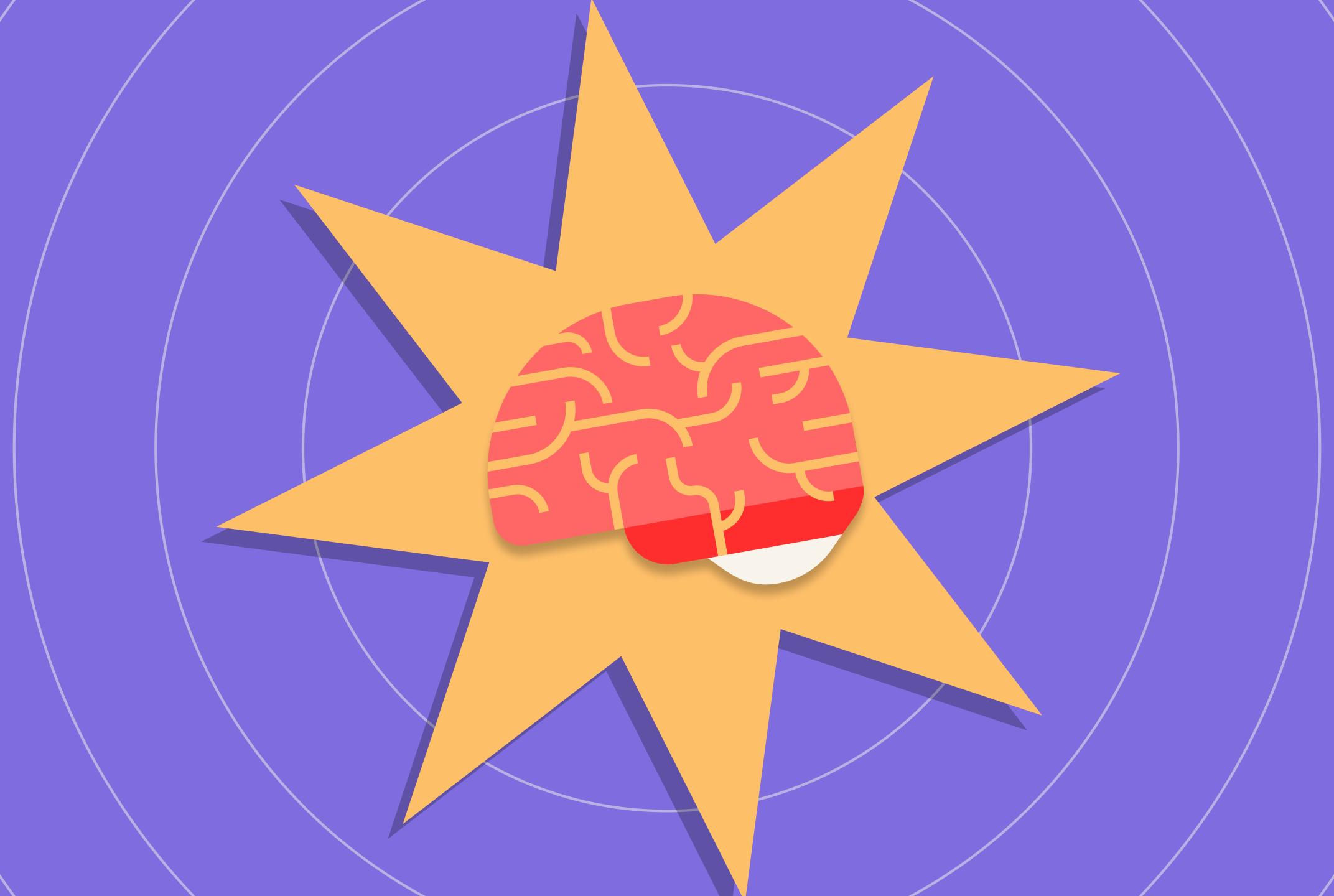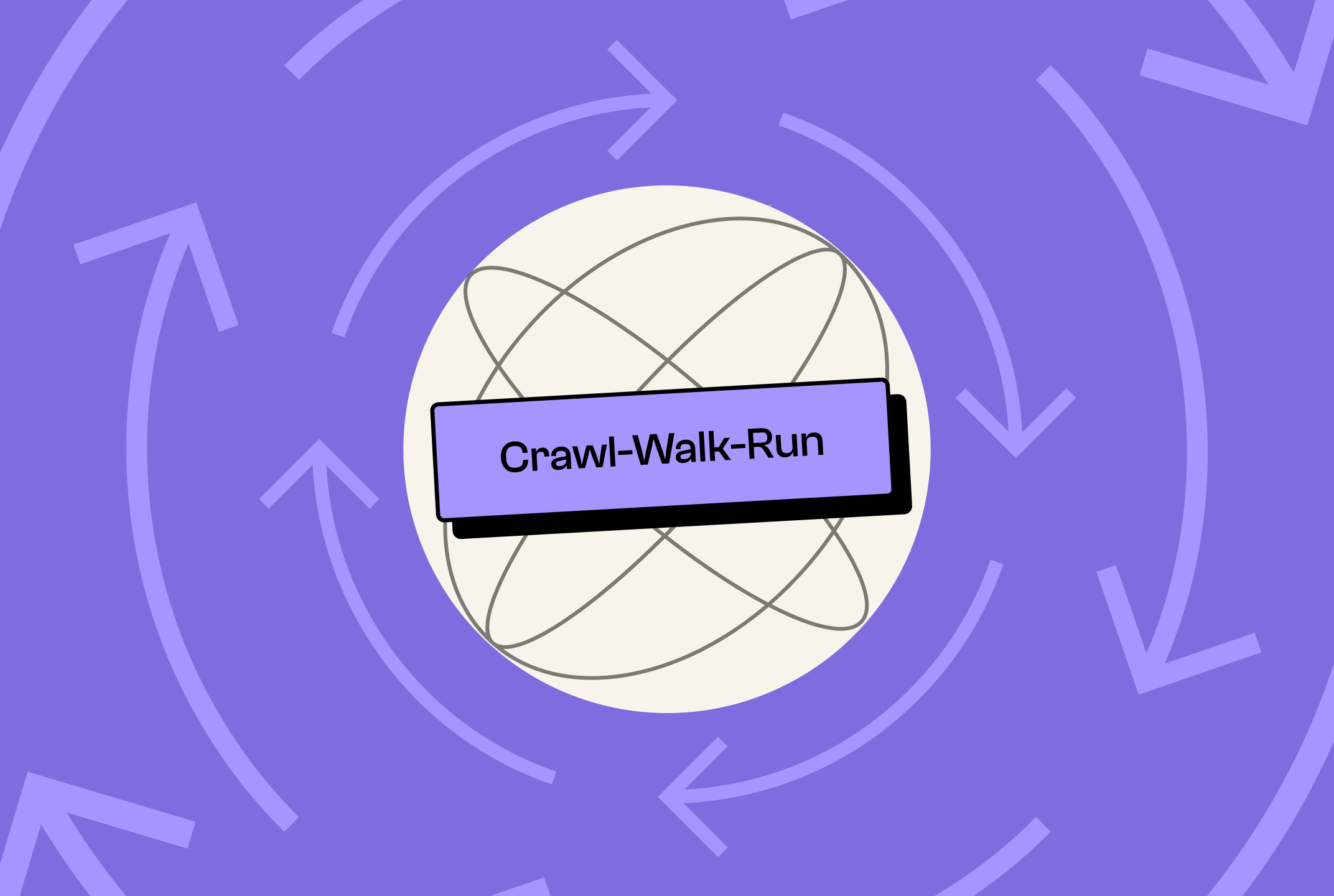If every website has a purpose, every purpose has a design blueprint. That’s where website archetypes come in. A website archetype is essentially a template for how a site is structured, designed, and presented — based on its core goal. For founders and marketing teams, understanding archetypes helps you design a site that resonates with your audience and drives the results you care about.
Breaking Down the Definition
A website archetype is a classification of websites according to their primary function, layout, and messaging style. Think of it as a persona for your site: just as brands have a tone and personality, websites have archetypes that guide structure, content, and user experience. It’s not about rigid rules — it’s about clarity, direction, and creating a framework that works for your goals.
Why Website Archetypes Matter
Choosing the right archetype sets the foundation for every design and marketing decision. Without it, sites risk looking scattered, confusing visitors, or underperforming. The right archetype helps you:
- Communicate your value clearly → users immediately understand what you offer.
- Structure content strategically → guiding visitors toward conversion.
- Align with audience expectations → users interact with the site in ways that feel natural.
- Speed up design and development → a clear framework reduces guesswork.
In short, archetypes turn “just a website” into a focused tool for growth.
Common Website Archetypes
While the list isn’t exhaustive, most sites fit into one or more of these archetypes:
- Brochure / Portfolio → Highlights brand identity, work samples, or offerings. Best for creative agencies, freelancers, or service providers.
- Ecommerce / Storefront → Designed to drive purchases, showcase products, and streamline checkout.
- Lead Generation / B2B → Captures prospects through forms, gated content, and strong calls-to-action.
- Community / Content Hub → Focused on engagement, user contributions, or recurring content like blogs, forums, or media platforms.
- SaaS / Product-Focused → Showcases product features, trial signups, and integrations while educating users.
Each archetype comes with its own design patterns, navigation approaches, and content priorities.
When to Use Website Archetypes
Archetypes aren’t just for new builds — they’re useful anytime you want clarity or direction:
- Redesigning your site → Choose an archetype to anchor structure and messaging.
- Launching a campaign microsite → Pick an archetype that matches your campaign goal.
- Scaling or pivoting your business → Update the site’s archetype to reflect new objectives.
Using an archetype early prevents costly guesswork later.
Key Takeaways
- A website archetype = a blueprint for design, structure, and messaging based on purpose.
- Archetypes ensure clarity, focus, and consistency for users and teams.
- Choosing the right archetype accelerates design, improves engagement, and drives conversions.
- Most sites fit into a handful of archetypes, each with its own best practices.
Ready to Pick the Right Archetype for Your Site?
A site that looks good but doesn’t perform likely hasn’t found its archetype yet. By identifying the blueprint that fits your business, you can build a website that guides visitors, converts leads, and scales alongside your goals.
Contact Us to explore archetypes and design a site that’s built to perform, not just to exist.















